NORTHERN CRANE BOXING
Today I’d like to talk to you a little bit about Northern Crane Boxing. There are a ton of White Crane boxing schools of classical styles and thought. I’ll be talking about Crane Boxing as I know it, from the Ho’o Chin Pai system of Northern Shaolin Kung Fu that I practice and teach here at Black Mountain Spirit.
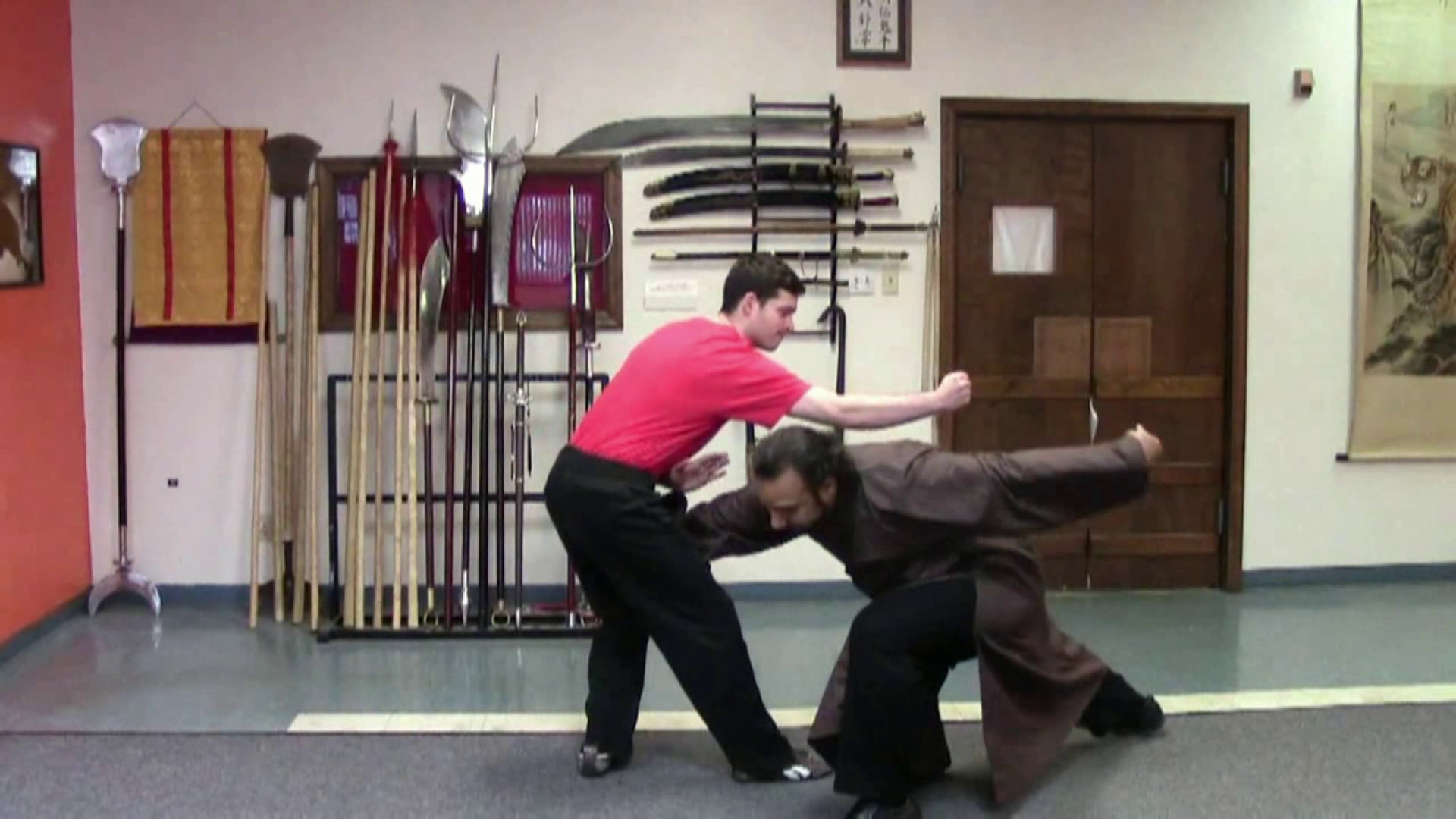
We live in a ‘Google’ age, so there are a plethora of videos available today that’ve Never been available to the serious and seeking martial arts viewer than ever before, and that can be a major source of both information and inspiration. Before that, and still most prominent in my mind, are martial arts tournaments/competitions. I think the visceral and tactile availability to both the art and those who on an individual basis practice them is profound, & irreplacable in terms of the opportunities for first-hand experiences with other martial arts practitioners. Time to get back on subject –
WHAT IS CRANE BOXING
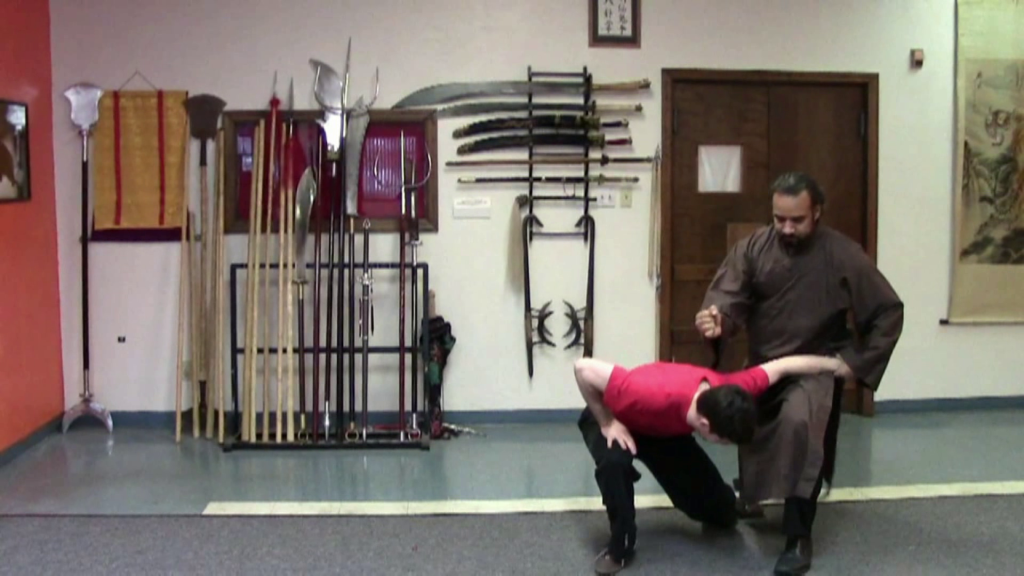
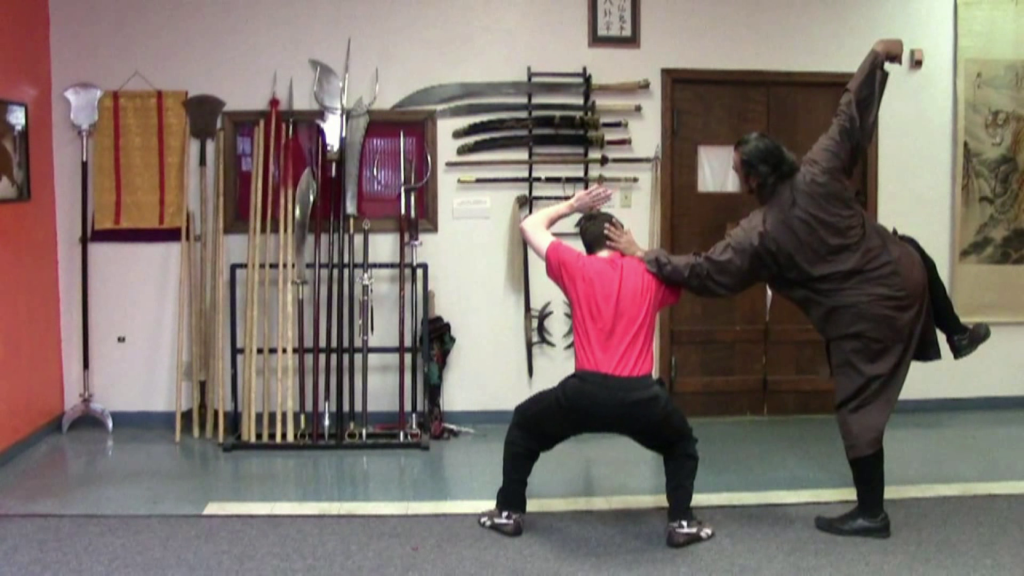
Now, I personally don’t like to see performances at tournaments of just ‘beak pecking, because authentic crane systems have so much more to offer, so that’s some of what I’d like to show you here today. Notice how I keep saying Crane, not White Crane. Colors have special connotations throughout all of Chinese Culture, and schools of thought such as Black Crane are in a field all their own. But, for the sake of this article – which is designed to be all-inclusive – I’ll be sticking to the particulars common to and used to differentiate ‘Crane Boxing’ from other styles of Chinese Kung Fu. I of course will be drawing mostly from my experience of Northern Crane Boxing. One of the things that my teacher pointed out to me is that when comparing our Northern Crane Boxing to other Northern Crane Boxing forms, there are a Helluva lot more Attacking techniques than in other Northern Crane Boxing Forms. Now that many years have gone by and I have a modicum of experience to compare with his, I agree (as I’m sure All students learn to in regards to Their instructors) 100% 🙂
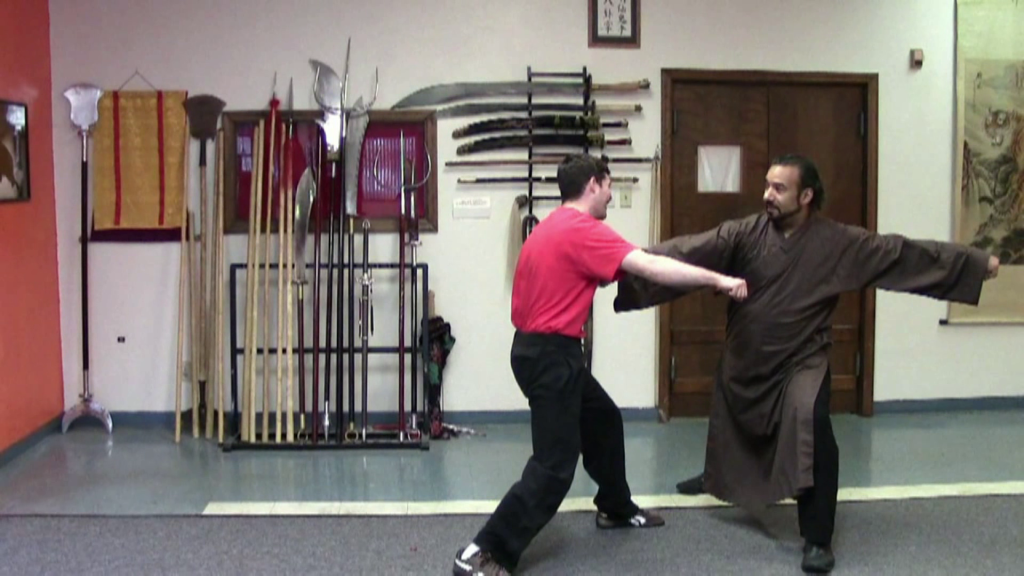
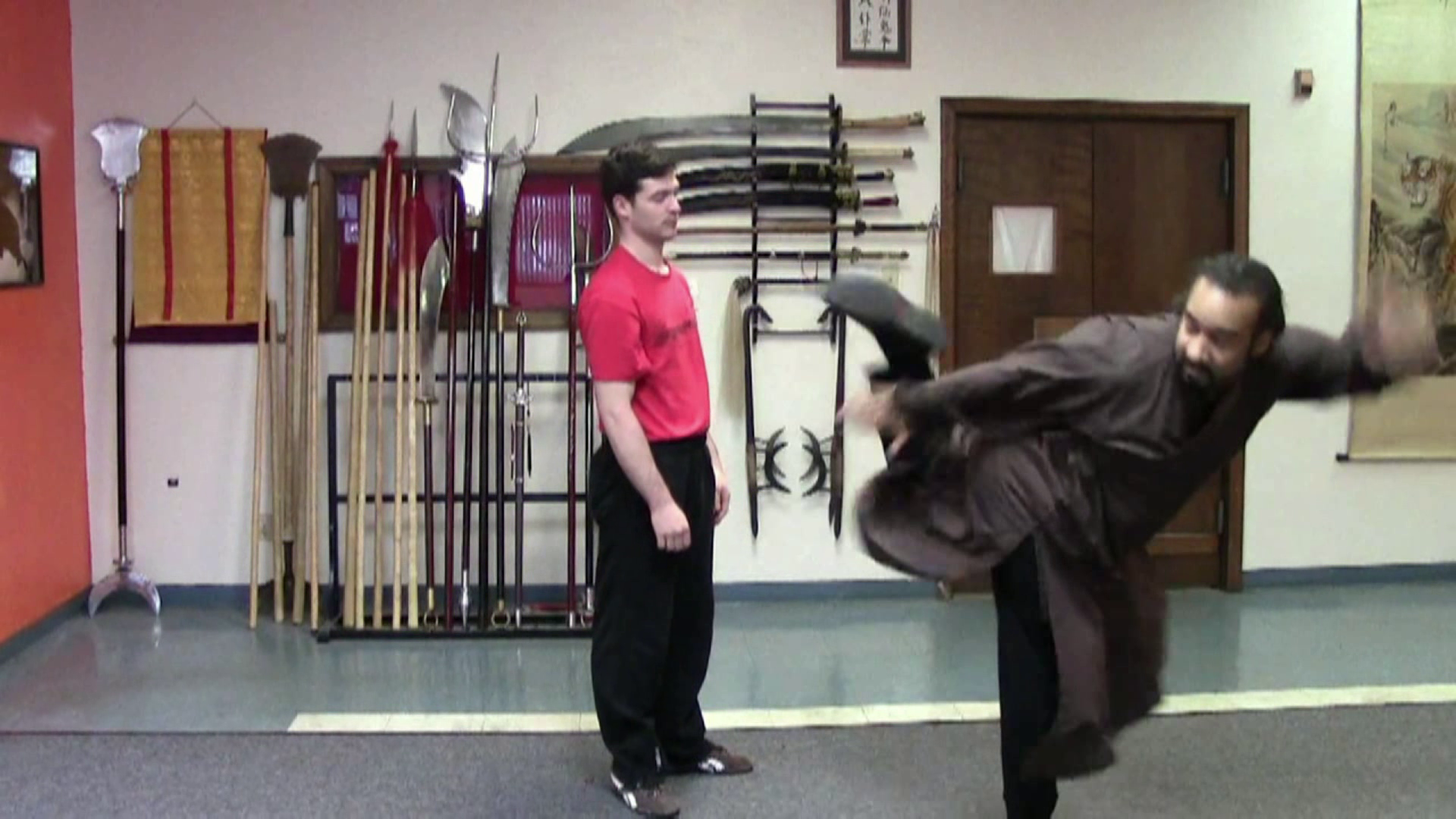
Southern styles in general are hand intensive, not that much variety in the stancework. What I mean in particular here is that in Southern Kung Fu systems you’ll hit a stance, execute Several techniques, then change posture. In Northern styles, there’s ‘usually’ a stance transition ‘per technique’ – you’ll hit a stance, execute a technique, then change posture, execute a simultaneous block/strike, then change posture…and on and on. This isn’t meant to be a disparaging comment, I am a Very Big fan of southern crane systems because of the articulation of their hand techniques, but when you see some of the stepping of a Northern Crane system (ours for example) there’s just no comparison. Some examples of this may be seen in the gestures and tactics described below.
NORTHERN CRANE BOXING MANEUVERS
Broad sweeping movements like the wings of a crane
Evasion
Heavy beating of wings
Rising & falling much like a crane in flight.
A Lot of shifting between high and low stances.
Crane stances being utilized as Tactics and Techniques in themselves
And by comparison –
Northern Kung Fu has a lot of kicks including striking with knees, hitting with the chest and shoulders
Northern styles have more general legwork, high and long-distance jumping maneuvers, and even acrobatics (THIS I Do Not Advise in combative situations!)
Southern Chinese kung fu systems focus more on short-range techniques and less mobility in favor of stable stances (one does not exclude the other, except philosophically)
NORTHERN CRANE’S BEAK – PECKING
‘Pecking’ is a term used to describe the hand gestures that are supposed to emulate the pecking of an actuall crane’s beak. The fingers are brought together in one of a few ways to create a Crane’s Beak hand-shape and that ‘beak’ is then used to strike at vulnerable targets such as the eyes and throat. I’m very big on using it against the temples as well. For us (Northern Crane practiced in the Ho’o Chin Pai system) the beak strikes are more alluded to through other gestures, not just the tell-tale ‘pecking’ hands. The way that I Do utilize the crane’s stabbing beak from a Northern Crane perspective is with a Toe Kick. Now it can go to the groin (I like the solar plexus as well), but I really like to spike the throat and what I do is angle my foot and select a path that maximizes both the economy of motion and time, while actually maximizing the focused power of the kick. And come on – you use ‘White Crane Spreads Wings’ and a streak of tennis shoe blinks towards their throat like a blow-dart and they’re Done – How Cool Is That?!!? But this is definitely a technique that has lethal potential so it’s the kind of thing that’s reserved for enounters with multiple assailants when I would need a single quick shot to stun or fell the opponent, or in the event of a gun being drawn where I can’t really risk a struggle in trying to take the gun from him. Furthering the scenario maybey I’m in a crowded social scene or I may just have a loved one or family member with me and can’t risk anyone getting hurt while I’m ‘playing Kung Fu’; One Kick = One Down; Next.
NORTHERN CRANE’S WING BEATING
Imagine having a pole across your shoulders behind your neck, with your arms outstretched to either side with hands holding on to the farthest-most ends. Now, we’re going to turn our bodies left to right and right to left, we’re going to swing one end down while the other end rises, and to continue our aerobics stretching routine we let those movements combine into a kind of ‘figure 8’ movement – THAT’S the way that much of Northern Shaolin Crane Boxing looks from the outside looking in 🙂 LOTS of waist turning, lots of Yin/Yang types of activities, Tremendous amounts of power generation and a Most Excellent approach to redirection and evasion.
I’ve put together a video of simple, common Northern Crane techniques to illustrate the main points of Evasion, wing-beating, rising & falling, high and low stances, stances As the tactics and techniques, etc.
If anyone has any questions or comments feel free!